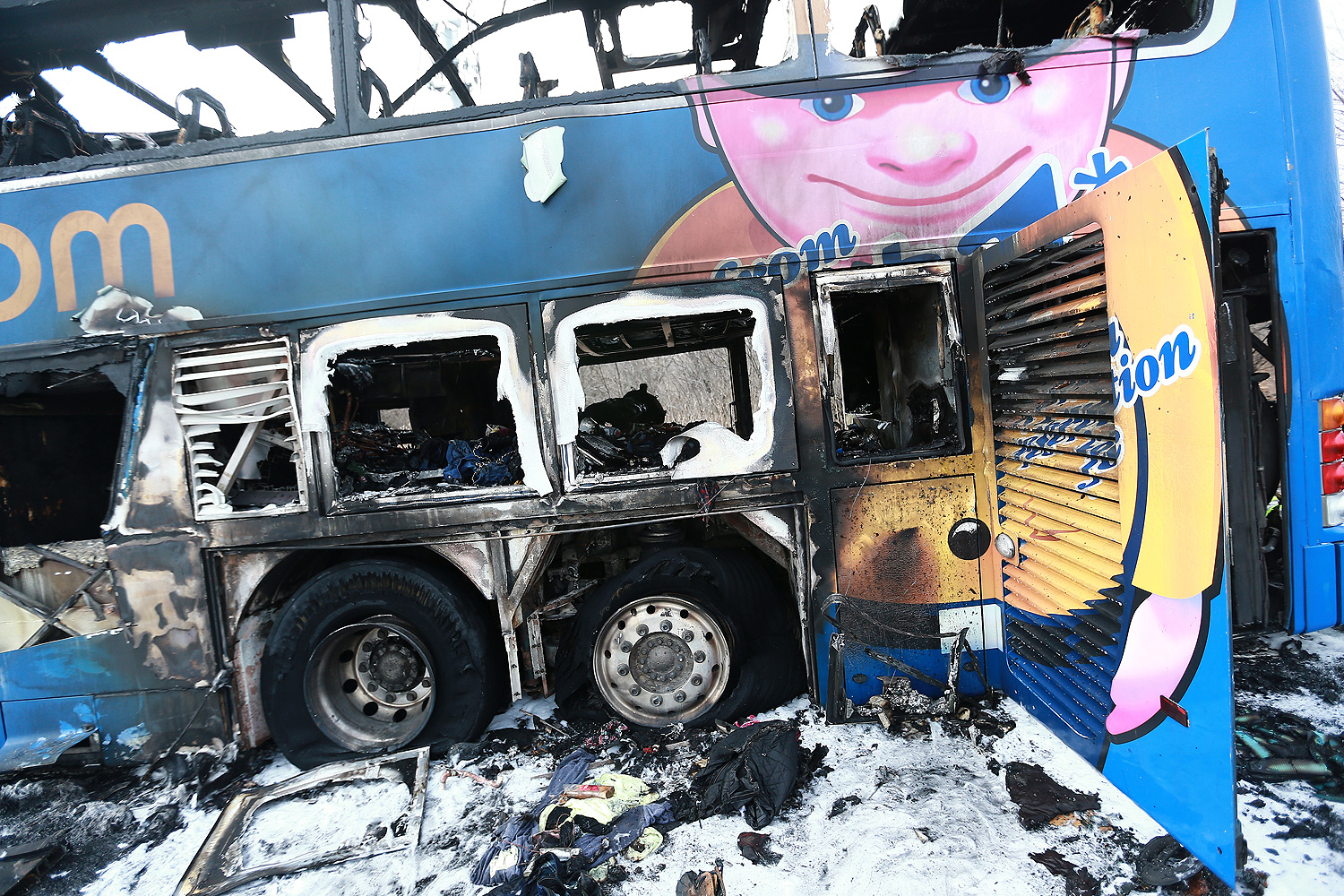A few days ago, a Megabus bus en route from Chicago to Milwaukee caught fire and burned up on the side of the interstate. No one was hurt, and it would have barely registered as news had not The New York Times's "Frugal Traveler" been aboard.
"[Megabus] has had, in its relatively brief existence, several high-profile accidents," he wrote. "[L]ow prices sometimes come with other costs."
So why do people pay for it?
The short answer: the economy. When DePaul professor Joseph Schwieterman looked into the rise of Megabus and other intercity bus carriers, he found something quite interesting. Much as car culture and suburbanization from 1960 through 2002 challenged the industry, the real change came when the economy surged, then imploded. From 2002-2006, intercity bus ridership fell eight percent. From 2006-2007, it rose 6.9 percent; in 2008, 9.8 percent; And it's been growing ever since.
Schwieterman also found that discount bus lines (and Greyhound) are substantially cheaper than flying or taking Amtrak, but they're also cheaper than driving solo—about $16.50 one way, on average—just counting fuel and tolls.
It remains to be seen how the mode's growth survives the collapse of the oil market, but riding the bus still has two things going for it aside from price. It doesn't involve driving, which people don't seem to want to do as much now. The number of 35-and-unders with driver's licenses has fallen off a cliff since 1983, and, unsurprisingly, under-35 is the big audience for intercity bus travel: almost half of riders are 18-25.
Sunday’s high-profile fire notwithstanding, riding the bus is also arguably safer than driving, though the numbers are finicky. The NTSB found in 2011 that "during 2009, the bus occupant fatality rate was 45 deaths per 100,000 accidents compared with 251 deaths per 100,000 accidents for passenger car occupants." But it also found that, at least for April 2008-2009, "the estimated occupant fatalities per 100 million person-trips was 10.0 for intercity buses," although it's a number with "considerable uncertainty in the estimated rates of occupant fatalities per unit of travel." Meanwhile, from 1999-2003 the rate for passenger vehicles was 9.2, and it was highest for those between 15 and 24 years old (21.3 fatalities per 100 million person-trips). So those millennials flocking to intercity buses are probably the ones who could benefit the most from not being behind the wheel.
One drawback with Megabus and its peers might be the kind of mode shift they're causing. When Schwieterman and his colleague Laura Fischer asked what riders would have done if they weren't taking Megabus (or Bolt, a similar service), 28 percent said the train, basically equal with those who would have driven. So if the intercity bus market continues to grow, it could challenge the market for a robust intercity rail system.



